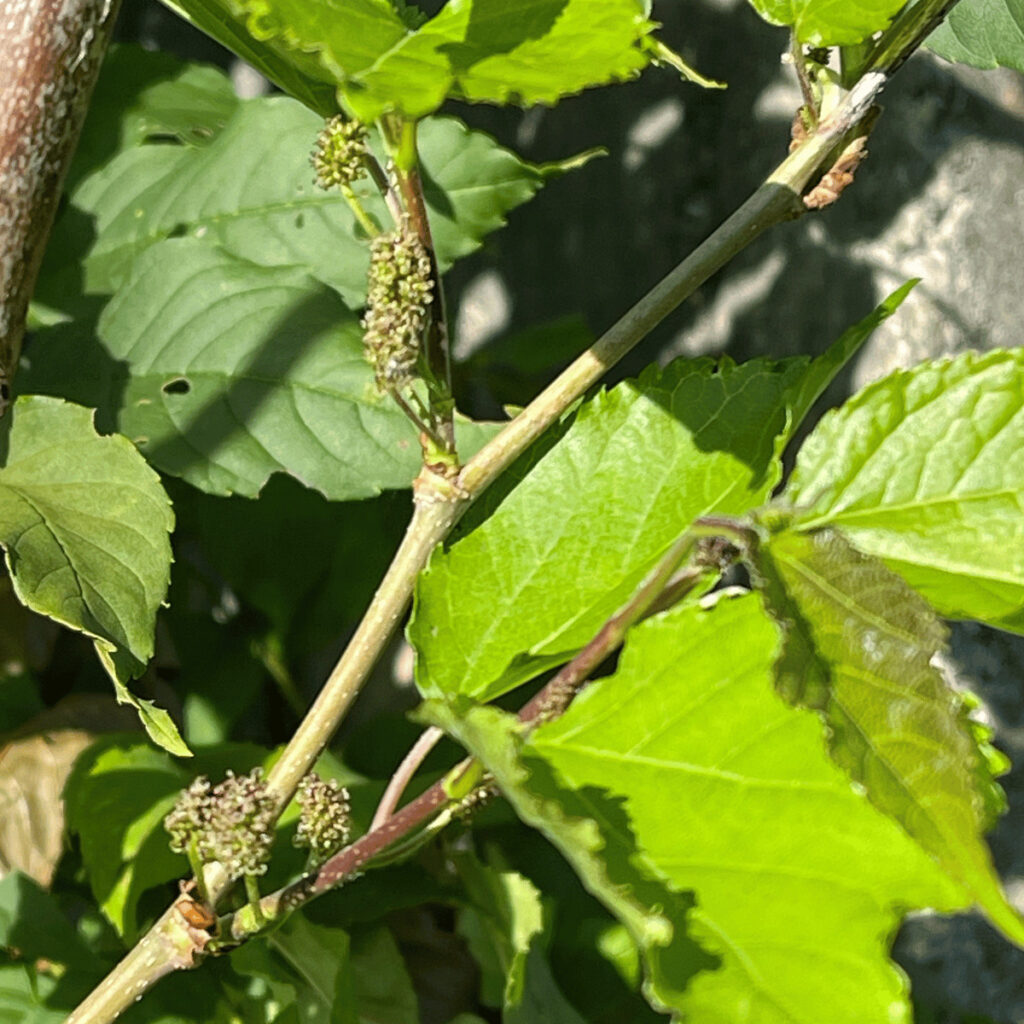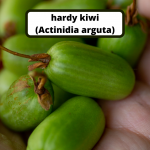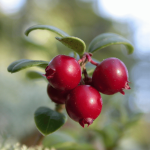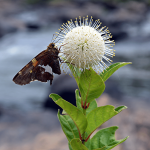Branching Out: A Journey with Red Mulberry Trees in Scandinavian Climates
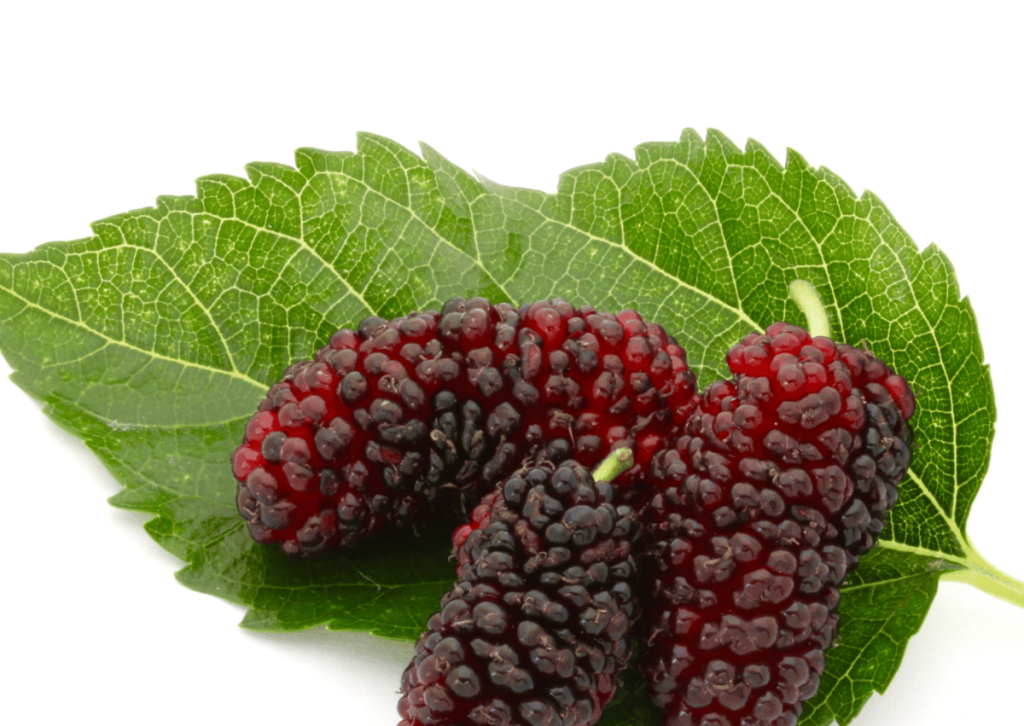
In this article, we will focus on the Red Mulberry tree (Morus rubra) and document our experience nurturing these trees in a USDA Zone 7 climate, particularly in Scandinavia. Previously, we attempted to grow Black Mulberry trees from cuttings, but unfortunately, they did not survive their first winter. Undeterred, we now have four Red Mulberry trees, and we are eager to share our progress, challenges, and successes with you.
Introduction to Red Mulberry trees
Red Mulberry trees (Morus rubra) are a native species of deciduous tree found in eastern North America, known for their tasty and somewhat messy fruits produced in summer. Belonging to the woody plant family Moraceae, mulberries are fast-growing and thrive in most environments, making them an excellent choice for gardeners and enthusiasts alike.
The Red Mulberry tree can grow up to 70 feet (21 meters) tall, with its leaves boasting a beautiful dark green color that provides ample shade during the warmer months. These trees are not only valued for their delicious fruits, which are popular among both humans and wildlife, but also for their ecological benefits, as they provide habitat and food sources for various bird and insect species.
In this article, we will delve into the unique characteristics of Red Mulberry trees, exploring their growth habits, ideal growing conditions, and the potential challenges and rewards of incorporating them into your garden or landscape. Join us on this exciting journey as we discover the fascinating world of Red Mulberry trees and learn how to cultivate these beautiful and bountiful plants.
Description of the Red Mulberry tree
The Red Mulberry is a deciduous tree native to eastern North America, belonging to the Moraceae family. Known for its attractive foliage, rapid growth rate, and adaptability to various environments, the Red Mulberry tree is a popular choice among gardeners and horticulture enthusiasts.
The Red Mulberry tree can reach heights of up to 70 feet (approximately 21 meters) and features a rounded, spreading canopy, providing ample shade and visual appeal. Its leaves are dark green, broadly ovate to heart-shaped, and measure between 4 to 8 inches (approximately 10 to 20 centimeters) in length. The leaves often have a rough, sandpapery texture on the upper surface, with a softer, fuzzy texture underneath.
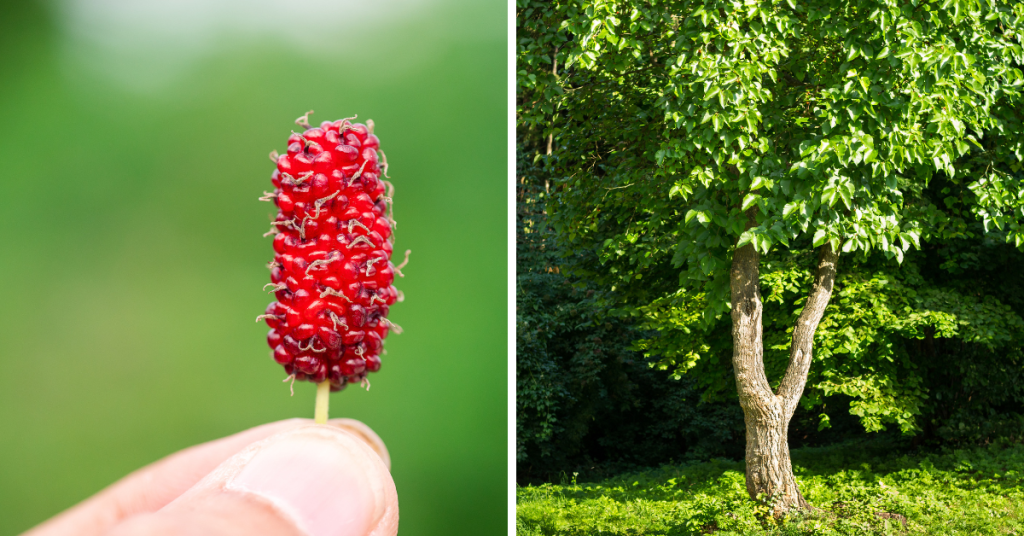
During spring, the Red Mulberry tree produces inconspicuous greenish-yellow flowers, which later give way to its signature fruit. The small, elongated berries are red to dark purple when fully ripe and are known for their sweet, juicy flavor. These fruits are not only delicious but also rich in nutrients, providing a valuable food source for both humans and wildlife alike.
The Red Mulberry tree is known for its adaptability, thriving in various soil types and environmental conditions. However, it does prefer well-drained soils and locations with full sun to partial shade. Given its hardiness and ability to withstand colder temperatures, it makes an excellent addition to gardens and landscapes in USDA Zone 7 and similar climates.
In addition to its aesthetic and culinary value, the Red Mulberry tree also serves as an important resource for pollinators and other wildlife, making it a valuable addition to any eco-friendly garden or sustainable agricultural setting.
Native habitat and preferred climate
The Red Mulberry tree (Morus rubra) is native to eastern North America, where it thrives in a variety of habitats such as forests, riverbanks, and woodland edges. This versatile tree is well-adapted to a range of climates and soil conditions, although it prefers well-draining, fertile soils and moderate to high levels of moisture.
Red Mulberry trees flourish in temperate climates, enjoying warm summers and cold winters. They are cold-hardy, with certain cultivars like “Red no.2” able to withstand temperatures as low as -23 degrees Celsius (approximately -9.4 degrees Fahrenheit). The tree’s adaptability and resilience make it a suitable choice for a variety of landscapes and garden environments.
Importance in permaculture and sustainable agriculture
The Red Mulberry tree holds significant value in permaculture and sustainable agriculture due to its multiple beneficial qualities. Some of the key aspects that make this tree a valuable addition to eco-friendly gardening practices include:
- Edible Fruit: Red Mulberry trees produce abundant, nutritious, and flavorful fruits that can be consumed fresh, dried, or processed into jams, jellies, and wines. These trees contribute to food security and self-sufficiency for home gardeners and small-scale farmers.
- Support for Pollinators and Wildlife: The flowers of the Red Mulberry tree attract a variety of pollinators, including bees and butterflies, promoting biodiversity in the garden. Additionally, the fruits provide a valuable food source for birds and other wildlife, further contributing to a balanced ecosystem.
- Nitrogen Fixation: Although not a nitrogen-fixing species itself, Red Mulberry trees can be planted in conjunction with nitrogen-fixing plants, creating a symbiotic relationship that benefits both species. This intercropping approach improves soil fertility and reduces the need for synthetic fertilizers.
- Soil Conservation: The extensive root system of the Red Mulberry tree helps to stabilize soil, preventing erosion and maintaining soil structure, especially in areas prone to runoff or landslides.
- Agroforestry Potential: Red Mulberry trees can be integrated into agroforestry systems, where they coexist with other crops and livestock. This approach promotes the efficient use of land and resources, contributing to a more sustainable agricultural model.
Incorporating Red Mulberry trees into permaculture designs and sustainable agriculture practices contributes to the creation of resilient, diverse, and productive ecosystems that benefit both humans and the environment.
Acquiring and preparing Red Mulberry trees
Red Mulberry trees can be a unique and rewarding addition to your garden. However, finding these trees for purchase may prove to be a challenge in some regions, such as Norway, where I have struggled to find them in local nurseries. In cases like these, turning to online sources can be the best solution for acquiring Red Mulberry trees for your garden. Here are some tips and insights based on personal experience:
- Online Nurseries: Search for reputable online nurseries that specialize in fruit trees or native plants. Many of these nurseries will have a wider selection of species, including Red Mulberry trees, than you might find at a local garden center.
- International Shipping: Make sure to check if the online nursery ships to your country, and inquire about any import regulations or restrictions that may apply. Be prepared for possible shipping delays or additional costs related to international shipping. I have found eBay to be the easiest so far.
- Research Varieties: There are different varieties of trees available.
Carefully research the available options to find a variety suited to your specific climate and garden requirements. - Seek Recommendations: Reach out to local gardening communities, online forums, or social media groups to ask for recommendations on where to buy Red Mulberry trees. Fellow gardeners who have already purchased these trees can offer valuable insights and suggestions.
- Plant Health and Quality: When purchasing Red Mulberry trees online, look for nurseries that provide detailed information on their plants, including photographs, descriptions, and care instructions. This will give you a better idea of the health and quality of the trees you will receive.
By exploring online resources and seeking advice from fellow gardeners, you can successfully obtain Red Mulberry trees for your garden, even in regions where they are not commonly found in local nurseries.
Preparing the trees for planting, including any necessary pruning or footwork
Before planting your trees, it’s essential to properly prepare them to ensure successful growth and establishment. This process includes inspecting the trees, performing any necessary pruning, and addressing any root issues. Follow these steps to prepare your Red Mulberry trees for planting:
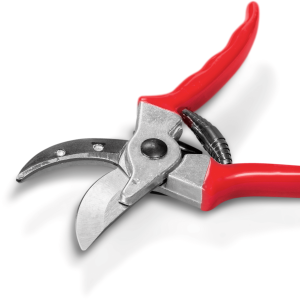
- Inspect the Trees: Upon receiving your trees, carefully inspect them for any signs of damage or disease. Remove any damaged or diseased branches, leaves, or roots using clean, sharp pruning tools.
- Prune for Structure: Prune the trees to encourage a strong and balanced structure. Remove any crossing or rubbing branches and thin out crowded areas to promote good air circulation. Aim to create a central leader (main trunk) with well-spaced lateral branches.
- Root Pruning: If your Red Mulberry trees are container-grown or have been shipped with a root ball, inspect the roots for any signs of being root-bound or girdling (circling the root ball). Gently tease apart any tangled roots and, if necessary, prune any roots that are excessively long or circling the root ball. This will encourage the roots to grow outward into the surrounding soil once planted.
- Root Soaking: Before planting, soak the roots of bare-root trees in water for several hours to rehydrate them. This will help the tree to better establish itself once planted.
- Dormant Pruning: If you receive your Red Mulberry trees while they are dormant, it’s a good time to perform any necessary pruning. Prune any broken, diseased, or dead branches, and shape the tree as desired. Keep in mind that heavy pruning can stimulate more vigorous growth in the following season, so be mindful of how much you remove.
By taking the time to properly prepare your Red Mulberry trees for planting, you’ll set them up for a healthy and successful start in your garden. Proper pruning and root care will ensure that your trees grow strong and thrive in their new environment.
Propagation Methods for Red Mulberry Trees
Red Mulberry trees can be propagated using various methods, with softwood and semi-hardwood cuttings being the most common and successful approach. In this section, we will discuss the two primary techniques for propagating Red Mulberry trees, as well as some alternative methods that may be worth exploring.
Softwood and Semi-Hardwood Cuttings
Softwood and semi-hardwood cuttings are the most popular and effective methods for propagating Red Mulberry trees. These cuttings are taken from the current season’s growth when the stems are still mostly green but beginning to harden.
To propagate Red Mulberry trees using softwood and semi-hardwood cuttings
- Choose the right time: The best time to take cuttings is in the summer when the new growth is still green and flexible.
- Prepare the cuttings: Take 6″ to 10″ (15-25 cm) cuttings from healthy branches, removing all leaves except for the top two or three.
- Rooting hormone: Dip the cut end of the cutting in a rooting hormone to encourage root development.
- Plant the cuttings: Insert the cuttings about one-third of their length into a well-draining potting mix or perlite, ensuring that at least one leaf node is below the soil surface.
- Maintain humidity: Cover the cuttings with a plastic bag or place them in a humidity chamber to retain moisture and create a humid environment.
- Provide indirect light: Place the cuttings in a location with bright, indirect sunlight, avoiding direct sun, which can scorch the leaves.
- Monitor progress: Keep the growing medium moist, but not overly wet, and check for root development after 4-6 weeks. Once the cuttings have rooted, transplant them into individual pots and continue to care for them until they are ready to be planted in their permanent location.
Other Potential Propagation Techniques:
While softwood and semi-hardwood cuttings are the most successful methods for propagating Red Mulberry trees, other techniques can be explored, such as:
- Hardwood cuttings: Similar to softwood cuttings, hardwood cuttings are taken from dormant, mature stems. However, they may have a lower success rate than softwood or semi-hardwood cuttings.
- Layering: This method involves bending a low-growing branch to the ground and partially burying it in soil, encouraging roots to form along the buried portion. Once rooted, the new plant can be severed from the parent tree and transplanted.
- Grafting: Grafting involves joining a scion (a cutting from the desired tree) onto a compatible rootstock. This technique requires some skill and knowledge but can be an effective way to propagate Red Mulberry trees.
By exploring these propagation methods, you can successfully grow Red Mulberry trees in your garden and enjoy their beauty, shade, and delicious fruit for years to come.
Planting and Care of Red Mulberry
Selecting the Ideal Planting Location for Red Mulberry
When choosing a location for your Red Mulberry tree, consider the following factors
- Sunlight: Red Mulberry trees thrive in full sun to partial shade. Ensure that the planting location receives at least 6 hours of direct sunlight per day.
- Soil: These trees prefer well-draining, fertile soil with a neutral to slightly acidic pH. If your soil is heavy clay or excessively sandy, consider amending it with organic matter to improve its texture and fertility.
- Space: Red Mulberry trees can grow up to 70 feet (21 meters) tall and have a wide, spreading canopy. Ensure that you have enough space for the mature size of the tree and that it will not interfere with any structures or utility lines.
Proper Planting Techniques
- Dig a hole that is at least twice as wide and as deep as the tree’s root ball.
- Gently loosen the roots and place the tree in the hole, ensuring that the root flare (the point where the roots begin to spread out from the trunk) is slightly above the soil level.
- Backfill the hole with a mixture of native soil and well-decomposed compost, tamping it down gently to eliminate air pockets.
- Water the tree thoroughly to help settle the soil and establish good root-to-soil contact.
- Apply a layer of mulch around the base of the tree to help conserve moisture and suppress weeds, but keep it a few inches away from the trunk to avoid rot.
Watering, Fertilizing, and Ongoing Maintenance:
- Water: Young Red Mulberry trees require regular watering during their first year, particularly during hot, dry periods. Once established, they are relatively drought-tolerant but may still benefit from supplemental watering during extended dry spells.
- Fertilize: Apply a balanced, slow-release fertilizer in the spring to promote healthy growth. Be cautious not to over-fertilize, as excessive nitrogen can lead to excessive vegetative growth and reduced fruit production.
- Prune: Prune your Red Mulberry tree in late winter or early spring to remove any dead, damaged, or diseased branches, as well as to maintain its shape and size.
Challenges and Solutions with Red Mulberry
Potential Issues Faced While Growing Red Mulberry Trees in USDA Zone 7 Climates
- Winter damage: Red Mulberry trees may experience winter injury in colder regions, particularly if they are exposed to harsh winds or sudden temperature fluctuations.
- Pests and diseases: These trees can be susceptible to pests such as scale insects, whiteflies, or spider mites, as well as diseases like powdery mildew or cankers.
Tips for Overcoming Common Obstacles
- Winter protection: Protect young trees during their first few winters by wrapping their trunks with tree wrap or burlap to prevent frost cracks and sunscald.
- Pest and disease management: Monitor your tree for signs of pests or diseases and treat promptly with appropriate cultural, biological, or chemical controls.
Lessons Learned from the Previous Black Mulberry Tree Experience
- Winter care: Ensure that your Red Mulberry trees are well-protected during the winter months, particularly during their first few years.
- Proper planting and care: Following best practices for planting and ongoing care will help your Red Mulberry trees establish and thrive in your landscape.
Benefits and Uses of Red Mulberry Trees
- Ecological benefits: Red Mulberry trees provide valuable habitat and food sources for pollinators, birds, and other wildlife, contributing to a healthy ecosystem.
- Edible fruit: The fruit of the Red Mulberry tree is sweet, juicy, and delicious, making it a great addition to your edible landscape.
Progress updates and future goals
Documenting the growth and development of our Red Mulberry trees
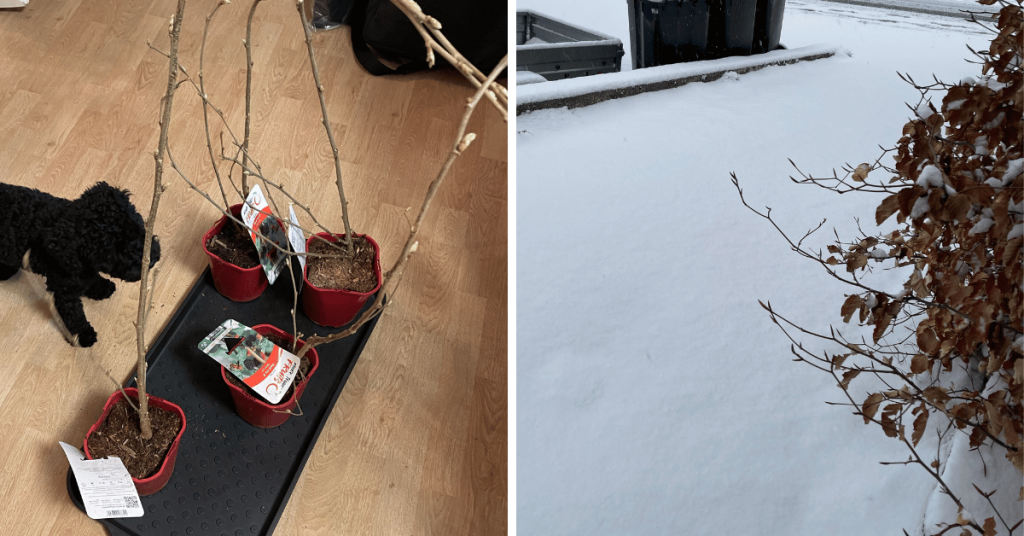
As we embark on our journey with Red Mulberry trees, we’d like to share the current status of our saplings. When we received the four Red Mulberry (Morus rubra) saplings, they were nearly 1 meter (3.3 feet) tall and had just sprouted during shipment. Given the persistent snow and frozen ground outdoors, we need to keep these young trees indoors for the time being. This provides us with a unique opportunity to closely monitor their growth and development, ensuring they are well-prepared for transplanting outdoors once the weather conditions improve.
Introducing the “Red no.2” Mulberry Variant
Our Red Mulberry saplings are of the “Red no.2” variant, which is known for its hardy characteristics and adaptability to cooler climates. This particular cultivar is capable of reaching heights of up to 5 meters (approximately 16 feet) and can withstand temperatures as low as -23°C (-9°F). This, hopefully, makes the “Red no.2” an ideal choice for our USDA Zone 7 and Scandinavian climate, where winters can be harsh and unforgiving.
As we document the growth and development of our “Red no.2” Mulberry trees, we will keep a close eye on their performance under these challenging conditions, and we’ll provide regular updates on their progress. Our goal is to showcase the resilience and adaptability of this remarkable cultivar, inspiring our readers to explore the benefits of incorporating Red Mulberry trees into their own gardens and landscapes.
Updates:
2023 Updates of our Red Mulberry trees
Nowhere near the time to transplant them outside yet, but flowers are forming…
This really surprised me, we can already see flowers forming and with snow just gone a few days ago, we’re nowhere near the time where I’d dare to transplant them. We will attempt to use a brush or something to see if we can’t get a few mulberries, but if we don’t we really don’t mind as we didn’t expect to get anything this first season.
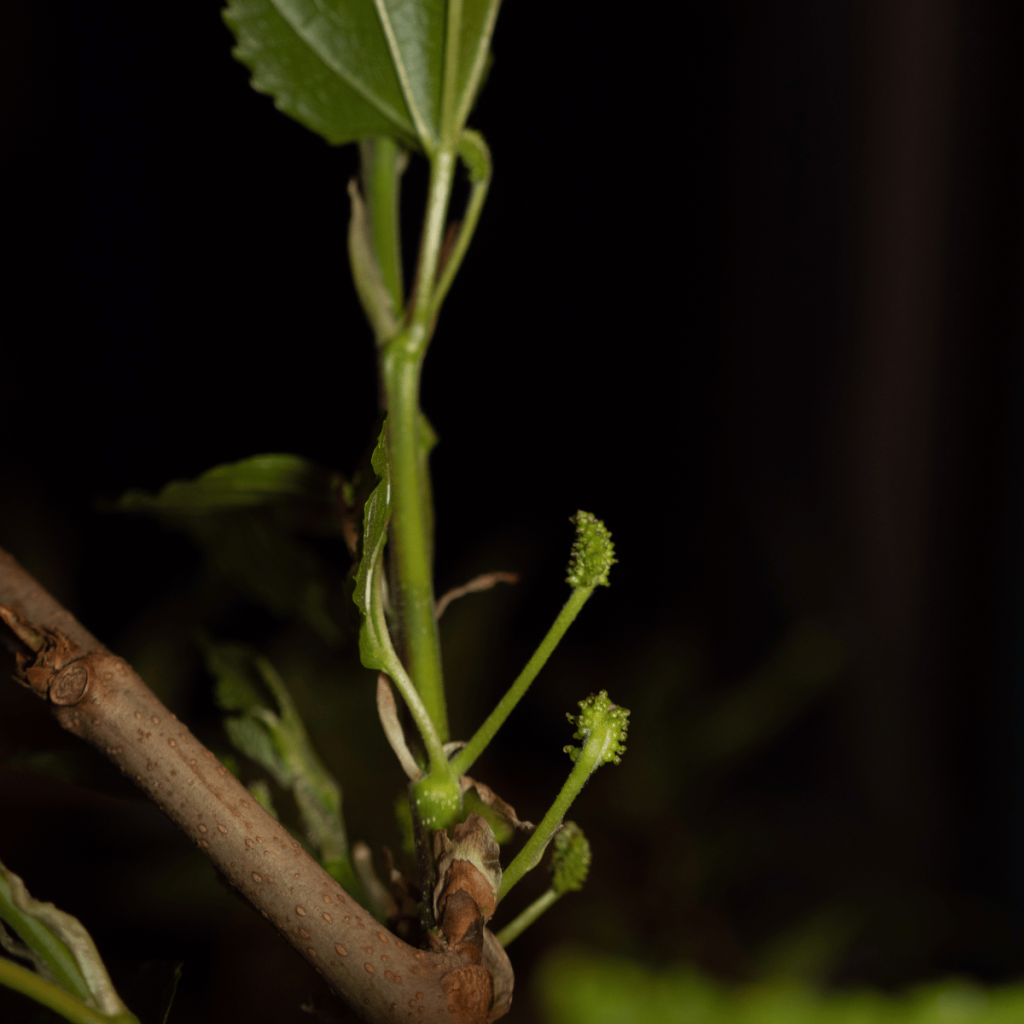
Update on Progress for Red Mulberries 30th of April 2023
The flowers have started to change color on a few of them even if the trees are still indoors. Way too cold still for even thinking about transplanting them. Last week we had temperatures below freezing..
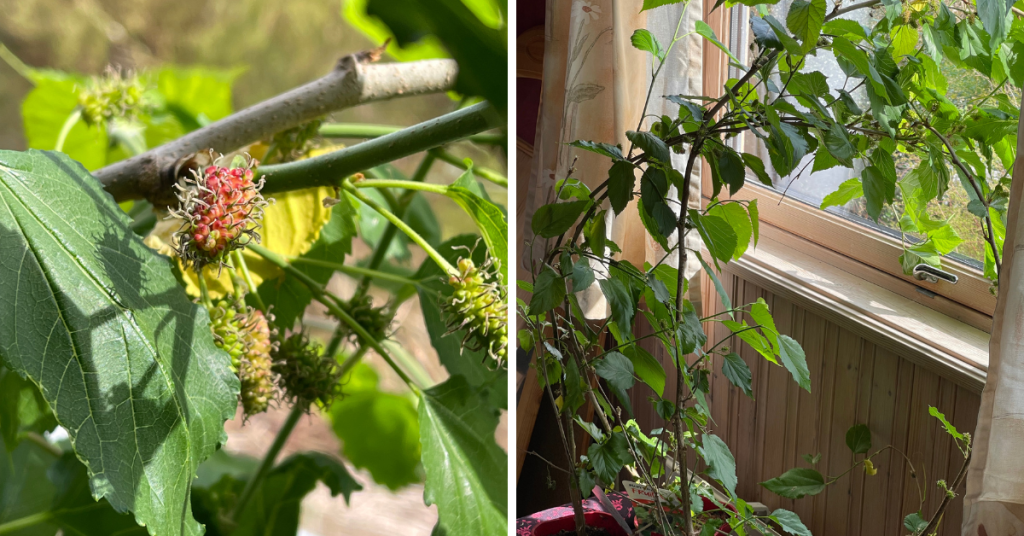
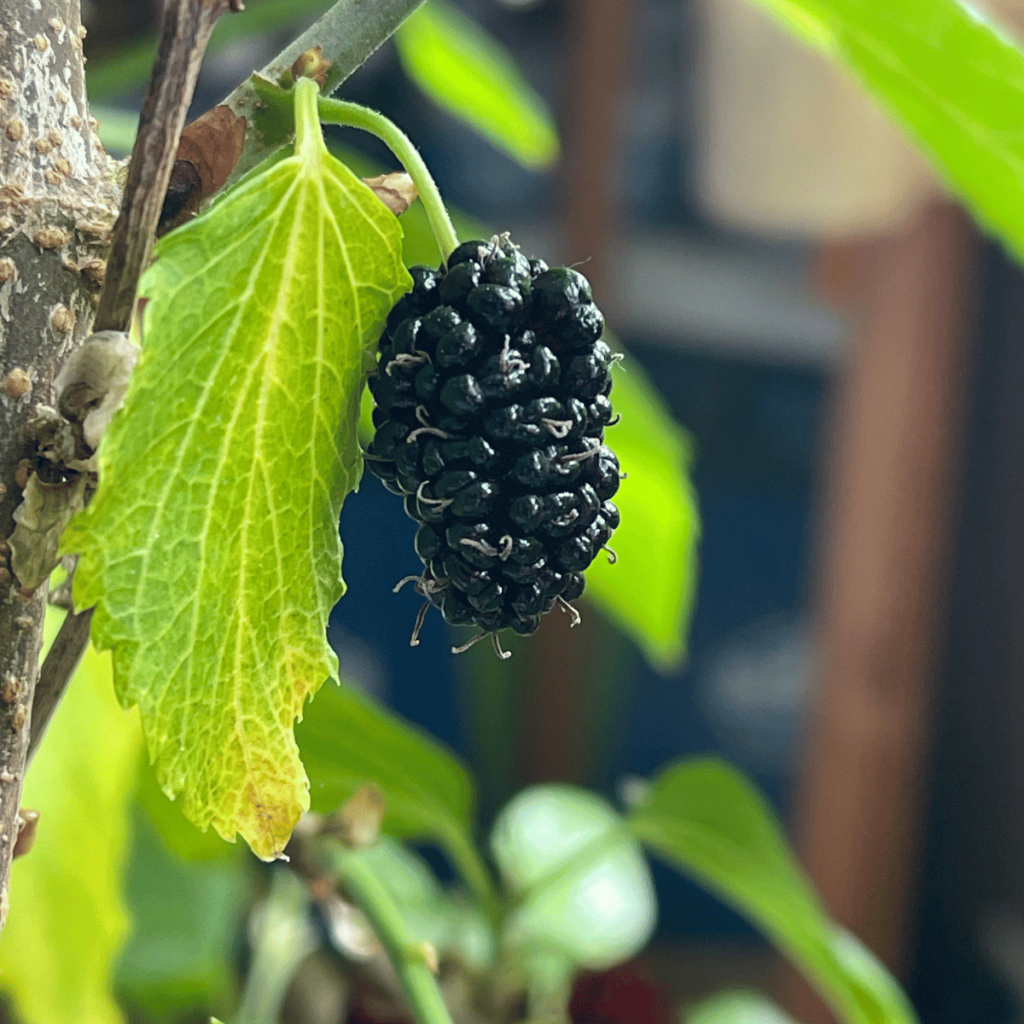
Late Summer 2023 Update: An Exciting Turn in Our Red Mulberry Journey (September 17, 2023)
I’m filled with both anticipation and joy as I share the latest update on our Red Mulberry trees. When I planted the mulberry trees earlier this spring, it was done somewhat hastily without giving them time to acclimatize to the sun. They had fully sprung leaves and the fruits they bore indoors were all eaten up.
Regrettably, they lost nearly all their leaves due to sun exposure when transferred outdoors. Despite this setback, a couple of them are showing signs of resilience, sprouting new leaves. One in particular seems quite convinced that spring has sprung, even forming berries anew.
I find myself torn as it feels almost pitiful to remove them; however, the priority is to have the tree properly established before it faces its inaugural winter. This experience undeniably showcases that the climate in southern Norway is warm enough to foster the growth of mulberries.
As I witness these signs of growth, I am increasingly excited and hopeful to see if these perseverant trees can weather their first Norwegian winter. It’s a testament to their potential in this climate, and I am eagerly awaiting to see how they will fare. Let’s all keep our fingers crossed for a fruitful outcome!
